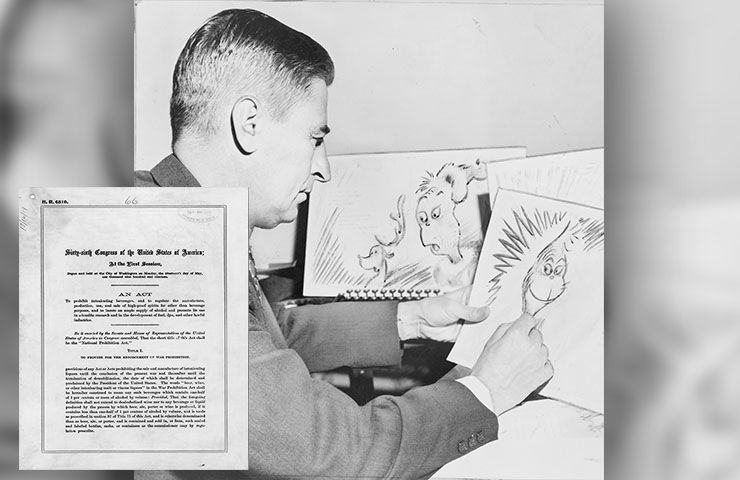
Theodore Seuss Geisel otherwise known as Dr. Seuss is perhaps the most well-known children's book author in modern history. Since his career began, he has sold more than 600 million children's books in countries all over the globe and taught many more millions how to read.
LifeDaily Video of the Day
What many people don't know is that Dr. Seuss, author of the world-famous How the Grinch Stole Christmas, was himself a bit of a Grinch. Exploring the complexity of this literary genius, however, is no easy task and to do so, we must first go back to the very essence of what made Dr. Seuss tick.
Millions of Fans
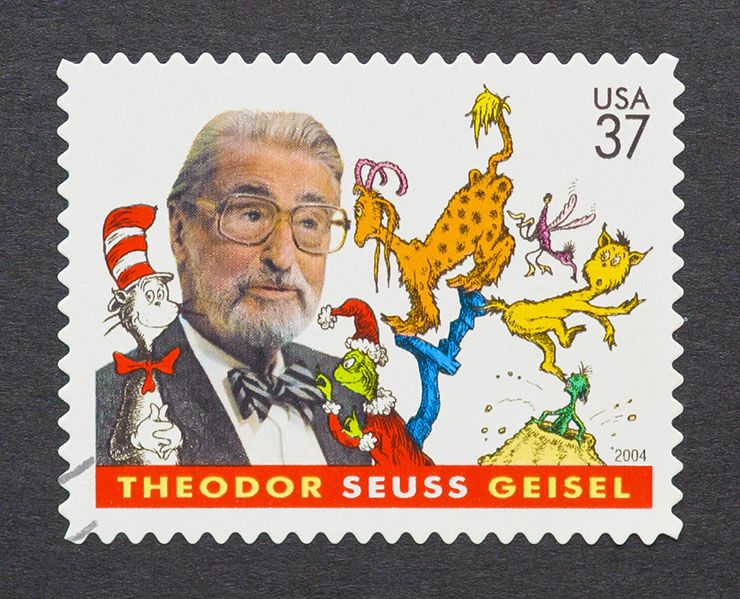
To the rest of the world, including millions of kids, Dr. Seuss was the kindly author of some of the most well-known children's books on the market today. Though his colorful tales were packed with nonsense rhymes and unusual characters, they still managed to teach children all about the power of reading.
Truly A Grinch

Nevertheless, there are elements to the good doctor's life that make one reconsider how highly he is held in the hearts of fans. Dr. Seuss reportedly hated children, almost to the point of avoiding them entirely. He also had an affair with a neighbor while his exceptionally supportive wife was dying from cancer. One wonders, where did all this negativity stem from and where did it start?
Springfield Kids
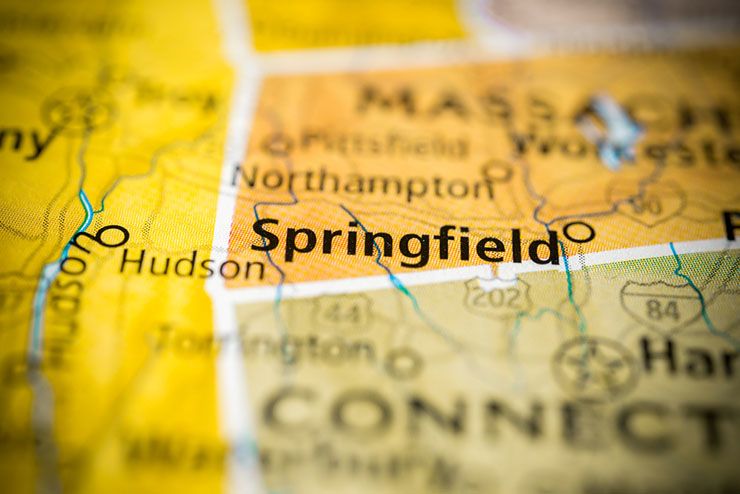
Dr. Seuss was born Theodor Geisel to Henrietta Seuss and Theodor Robert Geisel. All four of his grandparents had been German immigrants and his father's father had actually started a brewery in their hometown of Springfield, Massachusetts. Seuss was raised as a Lutheran and seemed to have a keen interest in art and writing from a young age.
The Volstead Act
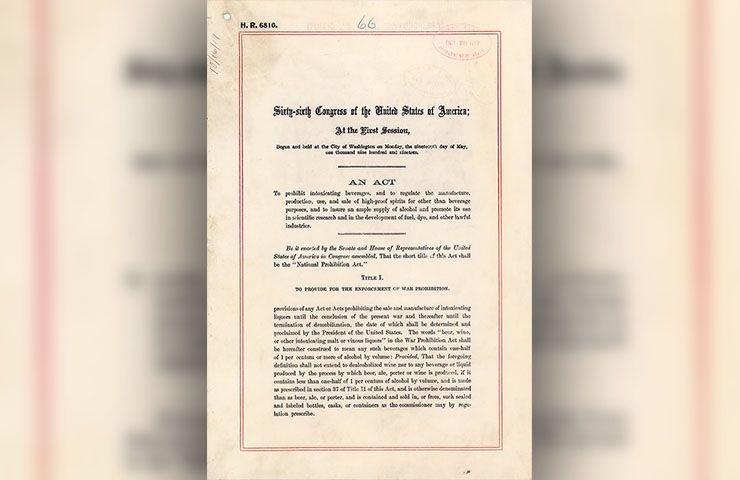
Unfortunately, the Geisel family Brewery was one of many swept up in the Volstead Act like so many others. Thankfully, Prohibition didn't prove too much of a problem for the family. Though Theodor Robert Geisel had lost his job at the family brewery, he did get appointed to work in Springfield's public park system by Mayor John A. Denison.
Dartmouth Years

After high school, Seuss enrolled at Dartmouth College, where he studied until his graduation in 1925. College proved to be to a positive experience for him and he made friends easily, especially when he joined the Sigma Phi Epsilon fraternity. He even got a position writing for the Dartmouth Jack-O-Lantern, a humor magazine for which he would eventually become editor-in-chief.
Prohibition
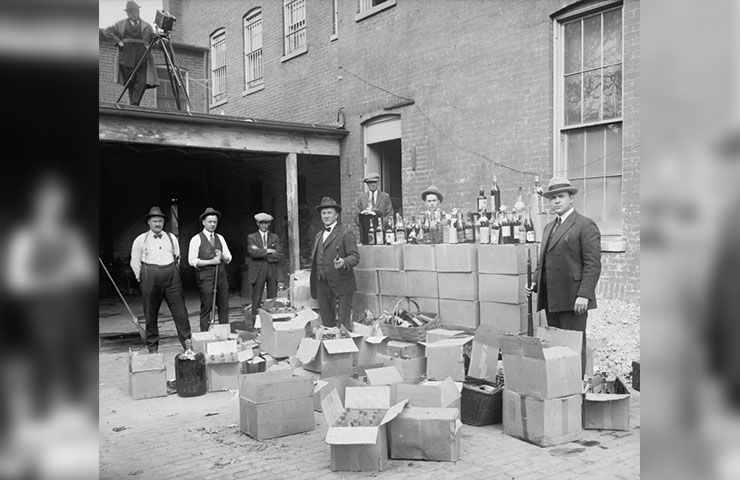
Like most college students, Seuss liked to partake of the occasional spirit with his friends. Unfortunately, prohibition was still in place and would be for some time. So when he and nine friends were caught with gin in their room, Seuss faced possible expulsion. He wasn't expelled of course, but he was punished.
Infractions

As a result of this infraction, Seuss was forced to resign from all extracurricular activities, which included his beloved college humor magazine. He refused to allow the Dean to take that away from him, so he found a way to continue working on the Jack-O-Lantern in relative secret. He would do it while hiding in plain sight.
A Suess Is Born
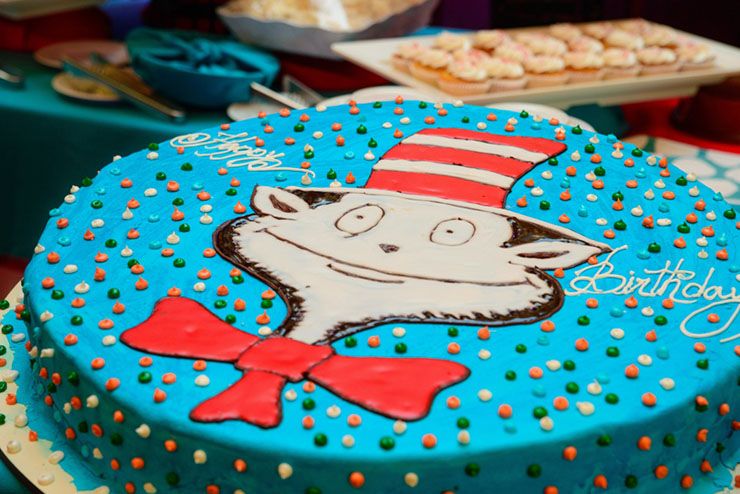
It was during this academic suspension that Theodore Geisel first became "Dr. Seuss." He worked on the Jack-O-Lantern in secret, signing under the pen name Seuss. From that day on, the name stuck and Dr. Seuss began his journey into the greater world of writing. He graduated from Dartmouth and moved to England to further his education.
A New Career

Dr. Seuss moved to England to study at Lincoln College in Oxford. His goal was to earn a doctorate in English, but fate had other plans. It was while at Oxford that he met Helen Palmer. She encouraged him to give up his desire to become an English teacher and to instead foster his other talent: drawing.
Branding And Re-Branding

The two were soon married. There was no doubt that Seuss was talented, but his first forays into the world of literature were less than stellar. His adult picture book never took off the ground and by the fifties, Seuss has resigned himself to making children's books almost exclusively. He just hadn't realized what a successful plan that would end up being.
A Man of Two Sides

Even in those days, there were two distinct sides to the man known as Dr. Seuss. One of his sides was the fun-loving man who inspired children everywhere. This Seuss was much more like the Cat in the Hat. The second side, the reclusive, angry man, prone to bouts of depression, was more like the Grinch.
Hard Topics
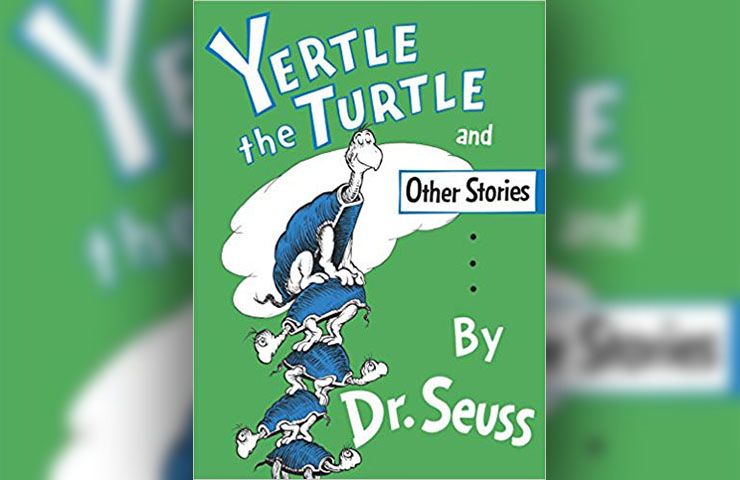
Despite his purported love for environmentalism and anti-bigotry, many of Dr. Seuss' early works were a bit rougher than one might imagine. Many believe that Seuss' famous Yertle the Turtle is an allegory for Adolf Hitler and the rise of Fascism. Of course, that wasn't the author's only work criticizing Hitler or his only work written during the war.
World War II
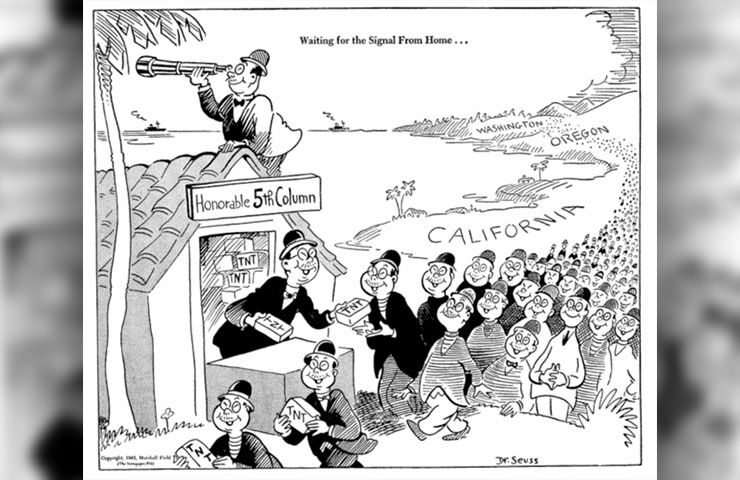
During World War II, Seuss was asked to write propaganda for the US government. This included a number of derogatory cartoons depicting Japanese-Americans. His work played into the paranoia of the time and on the existing stereotypes about them. People were afraid of the Japanese after Pearl Harbor and Seuss' comical, sometimes scary images cemented that fear.
Controversy
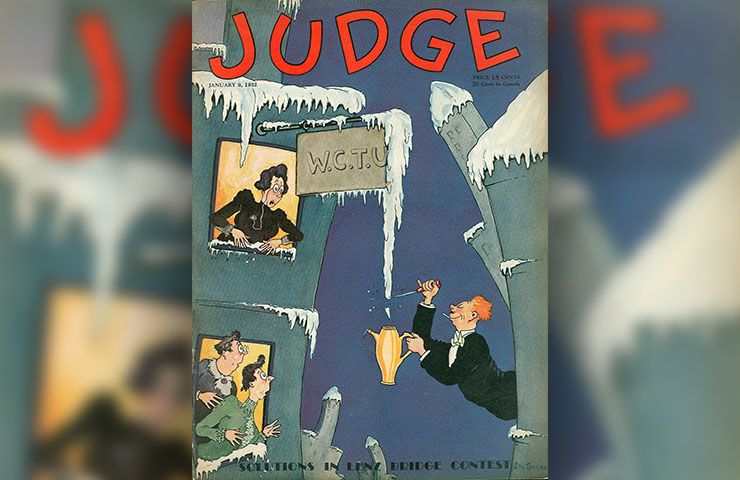
When he wasn't drawing political cartoons for the military-industrial complex, Seuss was harnessing his hostility into other questionable avenues. One 1929 illustration for Judge Magazine depicted distorted African Americans with exaggerated lips being offered to a white shopper under an offensive sign. He would later apologize for all these portrayals but they remained a tarnished part of his legacy.
Helpful Wife

His wife Helen had also been a successful children's author but eventually gave up her own career to focus on Seuss'. Helen acted as his editor, spokeswoman, and his financial adviser. The two were unable to have children due to an emergency surgery Helen had undergone earlier in life, but this suited him just fine.
Wandering Attraction
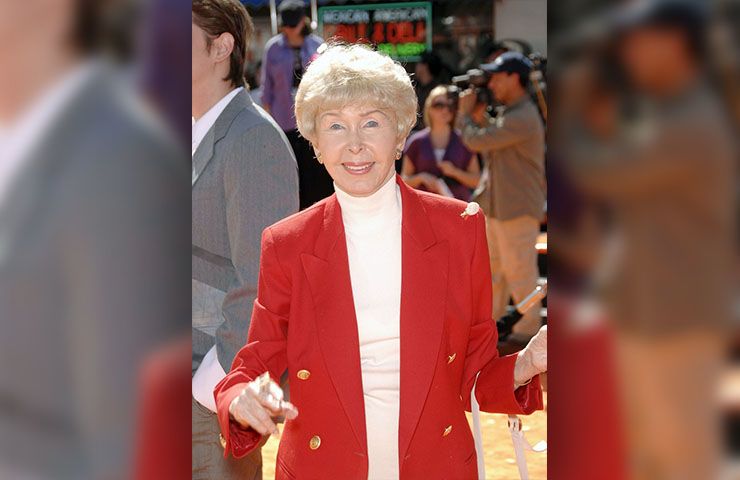
Despite all her assistance and the 40 years of marital bliss the two had experienced, Dr. Seuss was restless. Everything began falling apart when he started growing closer to their beautiful neighbor, Audrey Dimond. Though she and her husband Grey were much younger, they had grown very close to the Geisels.
Whale Watching
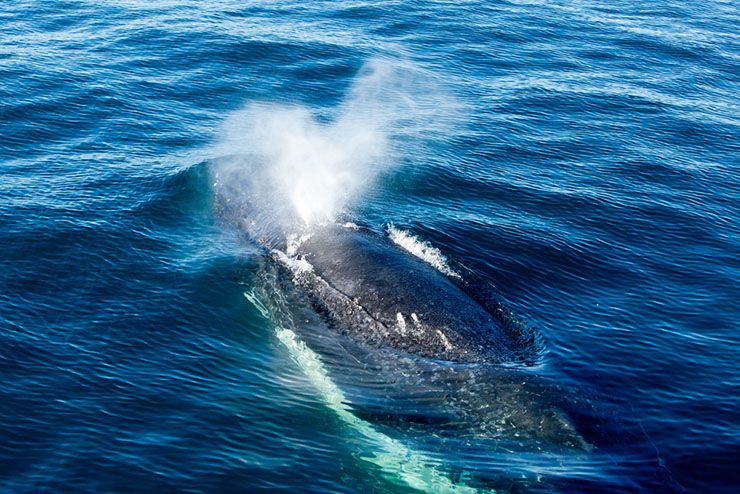
The couple would often come over to the Geisel house for dinner, and it was in those moments that Seuss' relationship with Audrey fully began to blossom. A whale watching trip in the early '60s cemented their budding relationship. Helen knew that something was amiss, but was too busy worrying about the slew of illnesses she was experiencing to do anything about it.
Struggles

Eventually, the illnesses and cancer took their toll. Helen could take no more of the physical or emotional pain that surrounded her. In October of 1967, she committed suicide by taking an overdose of pills. She even left a note which gave reasons why she did what she had done. It was addressed to her husband…
The Note
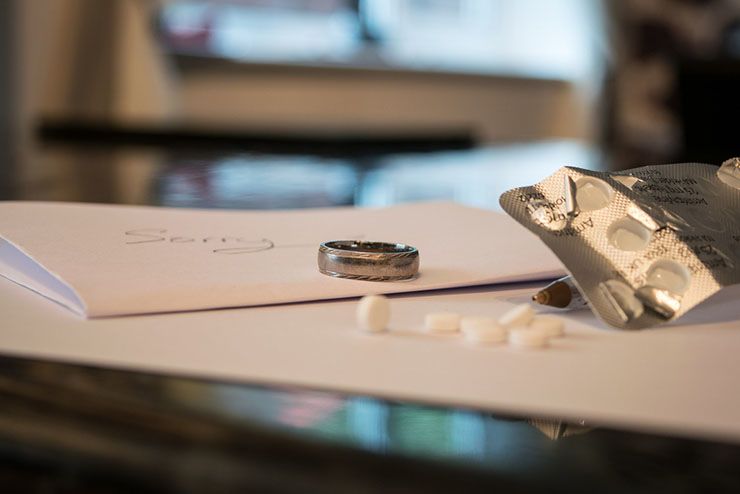
Helen wrote: "What has happened to us? I don't know. I feel myself in a spiral, going down, down, down into a black hole from which there is no escape, no brightness … And loud in my ears from every side I hear, 'failure, failure, failure … My going will leave quite a rumor but you can say I was overworked and overwrought. … Your reputation with your friends and fans will not be harmed."
Hit Hard
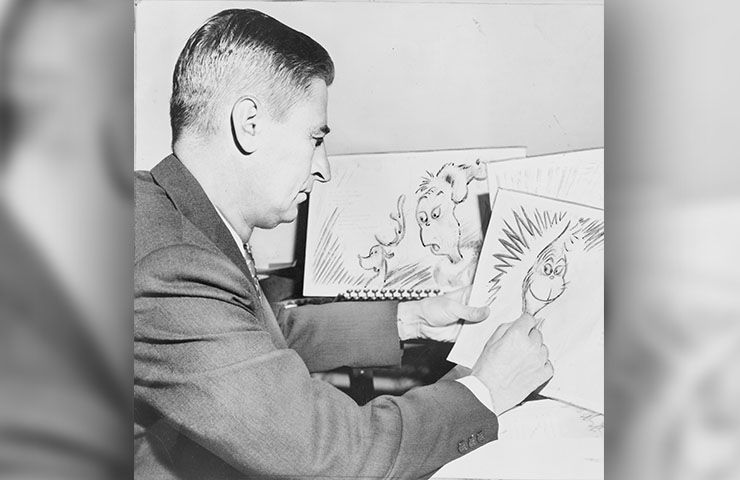
Helen's death hit Seuss very hard. So hard in fact that he himself even considered suicide at times. He slipped into bouts of depression the likes of which he had never suffered before, but eventually, was able to come out of it. A year later, he and Audrey were married. Things were OK, except for the fact that his new wife had two young daughters.
Commitment
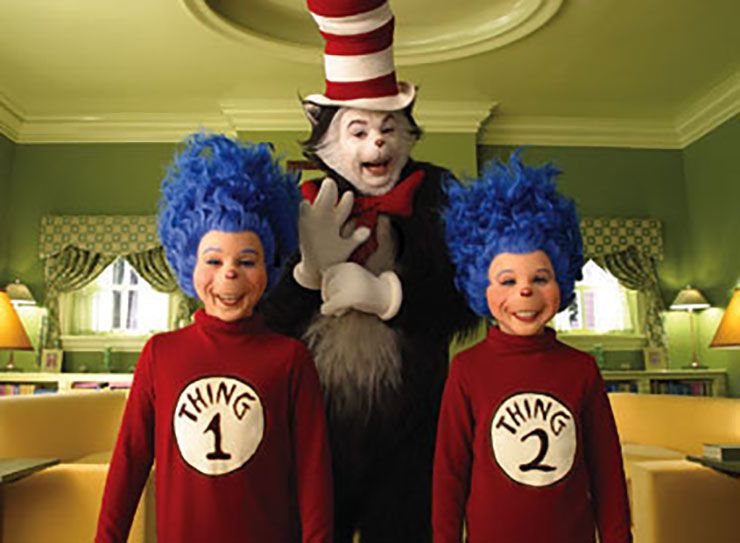
Audrey knew from the start that committing to this grouchy author was going to mean changes for her and her family. But like Helen before her, she put Seuss before her own happiness. She even sent her own daughters, aged nine and fourteen, away to boarding school in order to please her new husband. It was the right decision as far as she was concerned.
No Fan
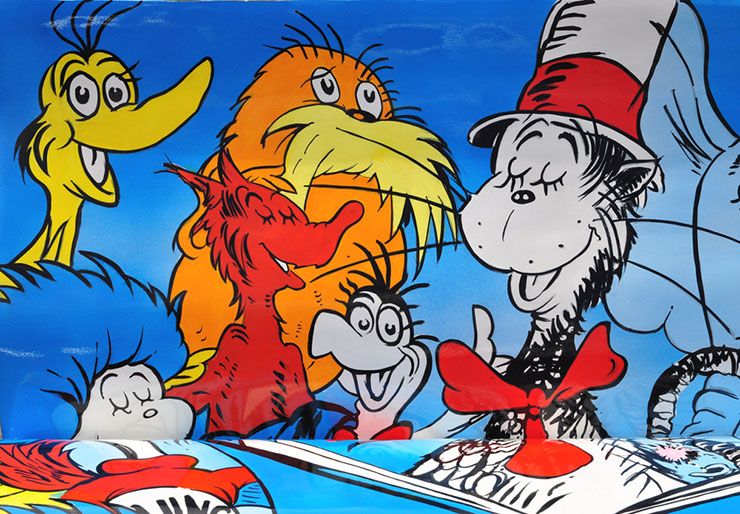
Although Dr. Seuss had devoted most of his life to writing children's books, he never had children of his own. He had lived his whole adult life without them and was very happy. As his second wife Audrey used to say, he wouldn't have been happy with them and they wouldn't have liked him. He used to say "You have 'em; I'll entertain 'em."
Downright Scared
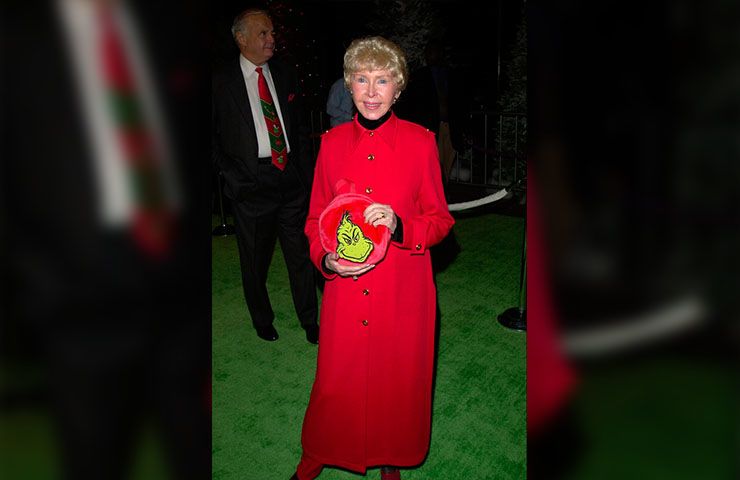
Audrey recalled one of the times that Dr. Seuss was invited to tour a bunch of local schools. "One time, they got an old bus out and as Ted stood on the first step of the antique bus, the skies cleared … from every orifice of that school came droves of children, running as fast as they could, shouting. When he saw these hordes of children just tearing in his direction, he turned to get back in the bus."
Posthumous Millions
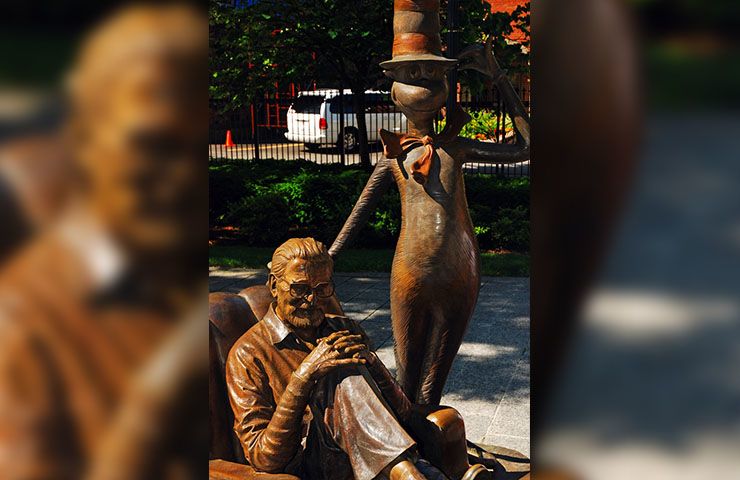
Theodore Geisel died of oral cancer on September 24, 1991. He was 87 years old. Audrey had his remains cremated and scattered as per his wishes. She continued his legacy, turning his work into a multitude of books, cartoons, plays, and movies. Even today, Dr. Seuss continues to inspire millions of children, all of them heedless of the complicated life he once lived.